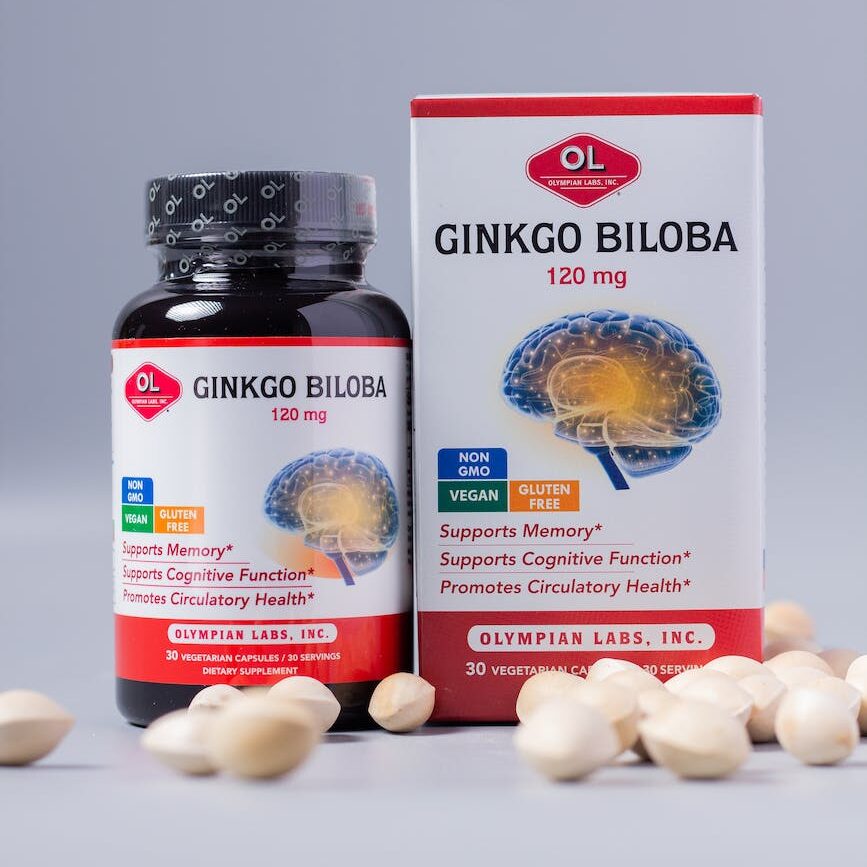
Pumpkin: A Nutritional Powerhouse and Its Multifaceted Health Benefits
Pumpkin is more than just the quintessential icon of fall or the main ingredient of a holiday pie; it’s a nutritional powerhouse that can play a significant role in your diet. This brightly colored squash variant is packed with essential vitamins, minerals, and other beneficial compounds. Below we delve deeper into why pumpkin is so beneficial for your health and how it can be seamlessly integrated into your daily meals.
A Closer Look at Pumpkin’s Nutritional Profile
Pumpkin’s bright orange hue is a dead giveaway of its rich beta-carotene content. Beta-carotene is a provitamin that the body converts into vitamin A. Here’s a detailed roundup of the crucial nutrients you can derive from pumpkin:
Vitamins
- Vitamin A: Facilitates good eyesight, particularly in low light, and helps form and maintain healthy skin, teeth, and skeletal and soft tissue.
- Vitamin C: Essential for the growth and repair of tissues all over the body, including healing wounds and maintaining healthy bones and teeth.
- Vitamin E: This powerful antioxidant helps combat the oxidative damage caused by free radicals.
Minerals
- Potassium: An increase in potassium intake, along with a decrease in sodium, is a crucial dietary change that can reduce the risk of cardiovascular diseases.
- Magnesium: Plays a vital role in more than 600 cellular reactions, including energy creation, nervous system regulation, and muscle movements.
Fiber
- An excellent source of fiber, pumpkin can help enhance digestive health and ensure regular bowel movements, making it an ally in preventing constipation and promoting a healthy gut.
Antioxidants Abound
Pumpkin is laden with antioxidants like alpha-carotene and beta-cryptoxanthin, as well as being a good source of lutein and zeaxanthin. These antioxidants can protect your body against oxidative stress and may reduce the risk of certain cancers.
Heart Health
Components in pumpkin seeds, like phytosterols, have been linked to reducing LDL “bad” cholesterol levels, which is a boon for heart health. The magnesium found in pumpkin is also beneficial for cardiovascular health.
Diabetes Management
Pumpkin may be beneficial for people with type 2 diabetes. Its high fiber content helps slow the absorption of sugar into the bloodstream, preventing spikes in blood glucose levels.
How to Integrate More Pumpkin Into Your Diet
There are countless ways to enjoy pumpkin besides the traditional pie:
- Steam and puree pumpkin to add to oatmeal or pancake batter for a nutritious breakfast twist.
- Incorporate roasted pumpkin into salads or grain bowls for an autumnal touch.
- Make a hearty pumpkin chili by adding chunks of pumpkin to your favorite chili recipe.
- Pumpkin seeds, or pepitas, make for an excellent snack or garnish and are rich in omega-3 fatty acids.
Pumpkin in Traditional and Non-Traditional Cuisines
Globally, pumpkin is utilized in a myriad of diverse and rich culinary traditions:
- In Italy, pumpkin is often incorporated into risottos and stuffed pastas like ravioli.
- Asian cuisines include pumpkin in curries, stir-fries, and sweet desserts.
- Mexican cooking celebrates pumpkin seeds as a snack and uses pumpkin in mole sauces and soups.
Conclusion
Whether you’re seeking to bolster your immune system, lose weight, protect your eyesight, or simply take in more fiber and nutrients, pumpkin is a nutritious and versatile addition to your diet. Exploring the world of pumpkin-based culinary delights not only enriches your palate but also contributes to your overall well-being. Give pumpkin its rightful place at your table throughout the year, and your body will thank you for the wealth of health benefits it provides.





